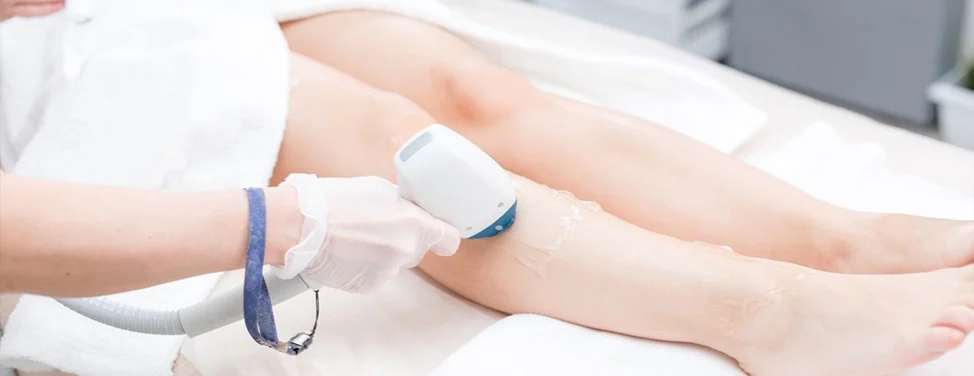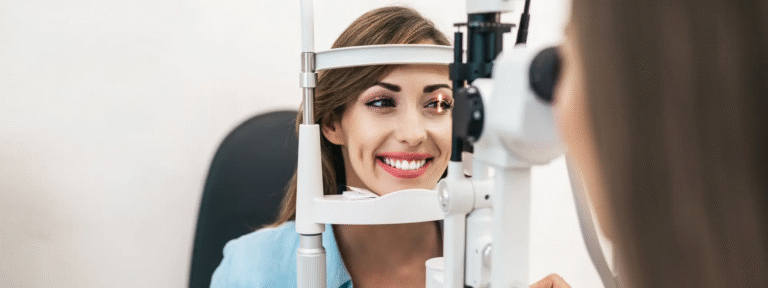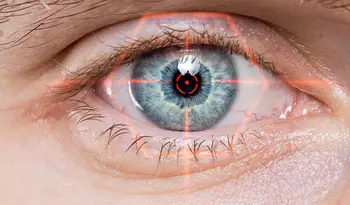Joint pain and mobility issues are some of the most common health concerns among older adults. Conditions like osteoarthritis, degenerative joint disease, and cartilage damage can significantly affect quality of life. Fortunately, stem cell therapy for joint regeneration in Korea offers a cutting-edge, minimally invasive solution—one that’s increasingly attracting older medical tourists from around the world.
This guide explains how stem cell therapy for joint issues works in Korea, why older patients choose it, what results to expect, and how to plan your medical journey.
🦴 What Is Stem Cell Therapy for Joint Regeneration?
Stem cell therapy involves injecting mesenchymal stem cells (MSCs)—usually derived from umbilical cord blood, adipose tissue, or bone marrow—into damaged joints to promote tissue repair and reduce inflammation. These cells have the ability to:
- Differentiate into cartilage and bone cells
- Suppress chronic inflammation
- Release growth factors that accelerate natural healing
In Korea, stem cell therapy is used primarily for:
- Knee osteoarthritis (OA)
- Hip degeneration
- Shoulder and rotator cuff tears
- Ankle arthritis
- Cartilage defects
👵 Why Is Korea a Top Destination for Older Patients?
✅ 1. Advanced Stem Cell Products (e.g., Cartistem®)
Korea is home to Cartistem®, an MFDS-approved stem cell product derived from umbilical cord blood. It is used to regenerate articular cartilage in patients with knee osteoarthritis and is one of the most advanced therapies available worldwide.
✅ 2. Minimally Invasive and Safe for Seniors
Unlike joint replacement surgery, stem cell therapy is non-surgical and low risk—ideal for older adults who may have comorbidities (heart disease, diabetes, etc.) or are not good surgical candidates.
✅ 3. Top Hospitals and Research-Backed Protocols
Clinics like Severance Hospital, St. Mary’s Hospital, and Chaum Life Center follow evidence-based practices and offer personalized care plans. Many also participate in clinical trials and regenerative medicine research.
✅ 4. All-Inclusive Medical Tourism Services
Korean hospitals provide concierge services for international patients, including:
- English-speaking coordinators
- Airport pickup
- Hotel arrangements
- Medical visa support
- Post-treatment rehab and sightseeing options
🔬 How Does Stem Cell Therapy for Joints Work?
1. Stem Cell Collection
The stem cells are either:
- Autologous (from the patient’s own fat or bone marrow), or
- Allogeneic (from donated umbilical cord tissue)
Korea primarily uses allogeneic umbilical stem cells, which are ethically sourced, immune-compatible, and highly potent.
2. Processing and Preparation
Stem cells are purified, tested for quality and safety, and prepared for injection. Korea follows Good Manufacturing Practice (GMP) standards for cell therapies.
3. Injection Into the Joint
- The cells are injected directly into the damaged area using ultrasound or image-guided techniques.
- No general anesthesia is required; the procedure takes about 30–60 minutes.
- Patients typically return to walking within hours and have no hospital stay.
4. Follow-Up and Recovery
- Light activity is recommended for 1–2 weeks
- Improvement in pain relief, mobility, and joint function can be seen in 2–3 months
- Full regeneration effects can take 6–12 months
🧓 Who Is a Good Candidate for Joint Stem Cell Therapy?
Stem cell therapy is ideal for:
- Adults aged 50+ with early to moderate joint degeneration
- Patients with knee osteoarthritis grades II–III
- Individuals who want to avoid or delay joint replacement surgery
- Those who’ve tried physical therapy, medications, or PRP without lasting relief
Not suitable for:
- Patients with severe bone deformity or complete cartilage loss
- Active joint infections or cancer
- Poor candidates for minor procedures (blood clotting issues, etc.)
💬 What Results Can You Expect?
| Outcome | Timeline |
|---|---|
| Reduced inflammation & swelling | Within 1–2 weeks |
| Decreased joint pain | 2–3 months |
| Improved walking and flexibility | 3–6 months |
| Cartilage regeneration (MRI confirmed) | 6–12 months |
Clinical studies in Korea report success rates above 80% in improving joint function and reducing pain for knee and hip conditions.
💸 How Much Does It Cost?
Pricing depends on the joint treated, number of sessions, and clinic. Here’s an estimated range:
| Treatment Type | Estimated Cost (USD) |
|---|---|
| Single Joint Injection (Cartistem or MSCs) | $6,000–$12,000 |
| 2–3 Sessions Package | $12,000–$20,000 |
| Joint Stem Cell + Rehab Package | $15,000–$25,000 |
Many clinics offer medical tourism bundles including:
- Consultations and imaging (MRI/X-ray)
- Stem cell procedure
- Follow-up rehabilitation
- Airport pickup and hotel stay
🏥 Recommended Clinics and Hospitals in Korea
Here are some trusted institutions offering joint regeneration therapy:
- Seoul St. Mary’s Hospital – MFDS-approved Cartistem® program
- Chaum Life Center (CHA Medical Group) – Specializes in senior wellness and regenerative therapies
- Severance Hospital – Yonsei University – Leading orthopedic and sports medicine center
- Dream Cell Bio Clinic – Private clinic with custom MSC protocols for knee and hip
- Medipost – Manufacturer of Cartistem® and partner to major hospitals
🛫 Planning Your Trip: What Older Patients Should Know
Before You Travel:
- Prepare recent X-rays or MRI scans
- Get your medical history summarized in English
- Apply for a C-3-91 medical visa (or tourist visa if allowed)
- Book accommodation near the hospital (many clinics offer discounted hotel packages)
After the Procedure:
- Most patients can walk the same day
- Return to light activity within a few days
- Full recovery with cartilage repair may take several months
- Some clinics offer physical therapy or hot spring rehab programs to support healing
🌍 Language and Accessibility
Korea is well-equipped to serve older international patients:
- English-speaking coordinators at major hospitals
- Wheelchair access and senior-friendly transportation
- Multilingual support (Russian, Arabic, Chinese, Japanese)
- Post-treatment follow-up via WhatsApp, KakaoTalk, or Zoom
🌟 Final Thoughts
For older patients struggling with joint pain, Korea offers one of the most advanced, low-risk, and non-surgical options in the world through stem cell therapy for joint regeneration. With minimal downtime and impressive outcomes, this therapy allows seniors to delay or avoid joint replacement surgery, maintain mobility, and enjoy a better quality of life.




